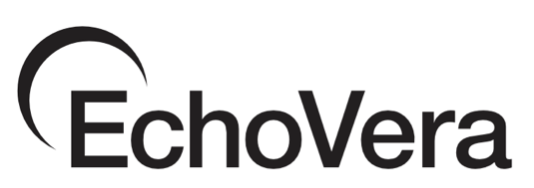NetSuite Procurement: Getting Control Over Spending
NetSuite Procurement: Getting Control Over Spending https://echovera.ca/wp-content/themes/corpus/images/empty/thumbnail.jpg 150 150 Tim Robertson Tim Robertson https://secure.gravatar.com/avatar/b0b77ea14349870d9dc2ba8ce2a0947073217d2f742890353bfc00417e8e4b8a?s=96&d=mm&r=gAdvanced Procurement for NetSuite
First of all, let’s make a distinction between procurement, requisitions, and purchase orders:
Procurement is the process by which a company selects the suppliers with which it wants to do business, as well as the actual process of negotiating contracts and obtaining goods and services. Selecting a supplier, negotiating the contract, and acquiring the goods or services – it’s all procurement.
A requisition is the request for goods or services that is sent by a person in the company to the purchasing department.
And the purchase order is the paperwork that is sent to the supplier to formally purchase the goods. Purchase order approval is the process by which the company keeps track of who ordered something; what was actually ordered; when the order was initiated and finally, the requisition approval date.
There are several benefits to automating the purchasing process for NetSuite.
- You get full control over your spend and rein in maverick spending
- It’s much easier for your employees to create or approve orders
- Automation increases compliance with corporate policies
- You gain more control over suppliers
- Automation helps to generate better information – information that can be used in your price and contract negotiations.
Detailed purchasing activity statistics provide you with valuable information, strengthening your position when negotiating pricing and/or terms, or for supplier reviews. And your customized permissions and approval workflows ensure that your employees are purchasing goods and services from preferred suppliers, following properly approved business rules.
Matching orders against invoices
EchoVera Purchase Automation automatically matches invoices against the corresponding PO at the header or line level according to your predefined rules and tolerances. Any invoices that are matched within approved tolerances can be sent directly to NetSuite for recording. Invoices that are missing key information are automatically put into a workflow and sent to the proper approver.
Managing both CAPEX and OPEX
It’s important to be able to manage both capital expenses and operational expenses. With Purchase Automation, operational expenses are managed through the standard requisition to PO process, as described above.
In the case of Capex, the expense request enters your workflow for approval/signing, and then purchases are deducted from the approved Capex request. This gives you control over all of the costs associated with a project, while providing an “early warning system” if it looks like you’re likely to exceed the budget.
For more information about EchoVera Purchase Automation for NetSuite click here.
- Posted In:
- AP Automation




